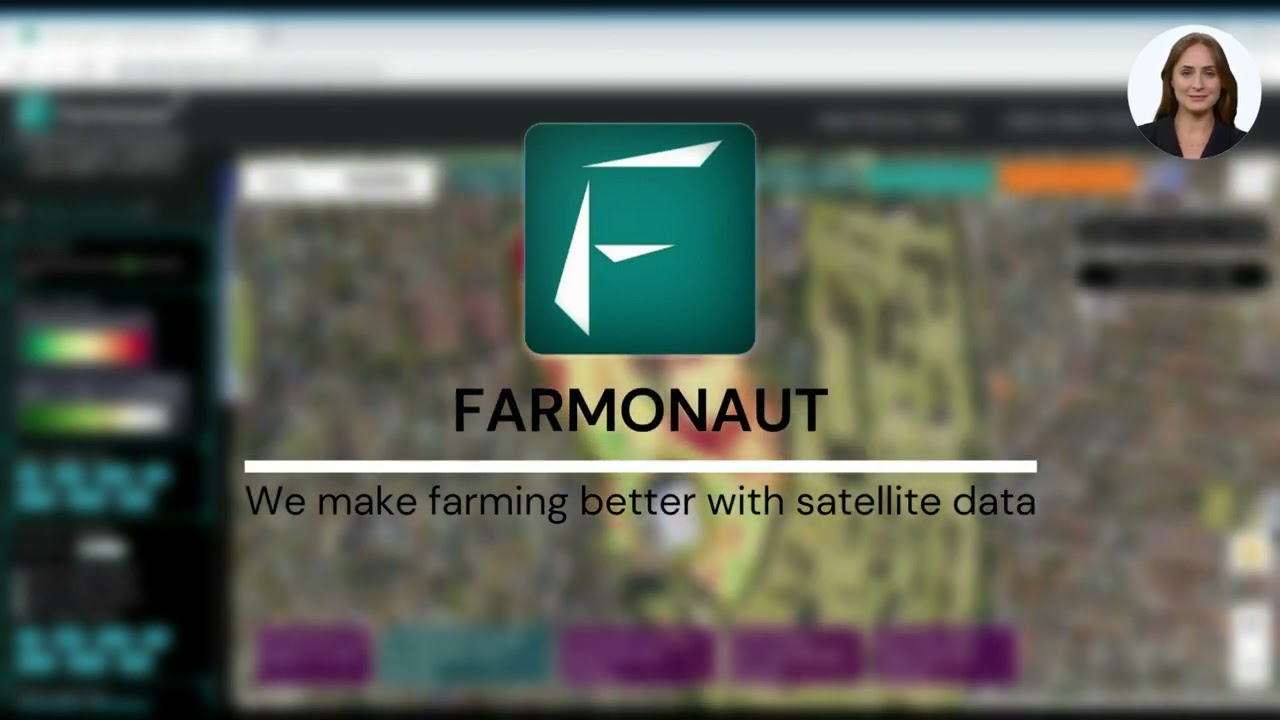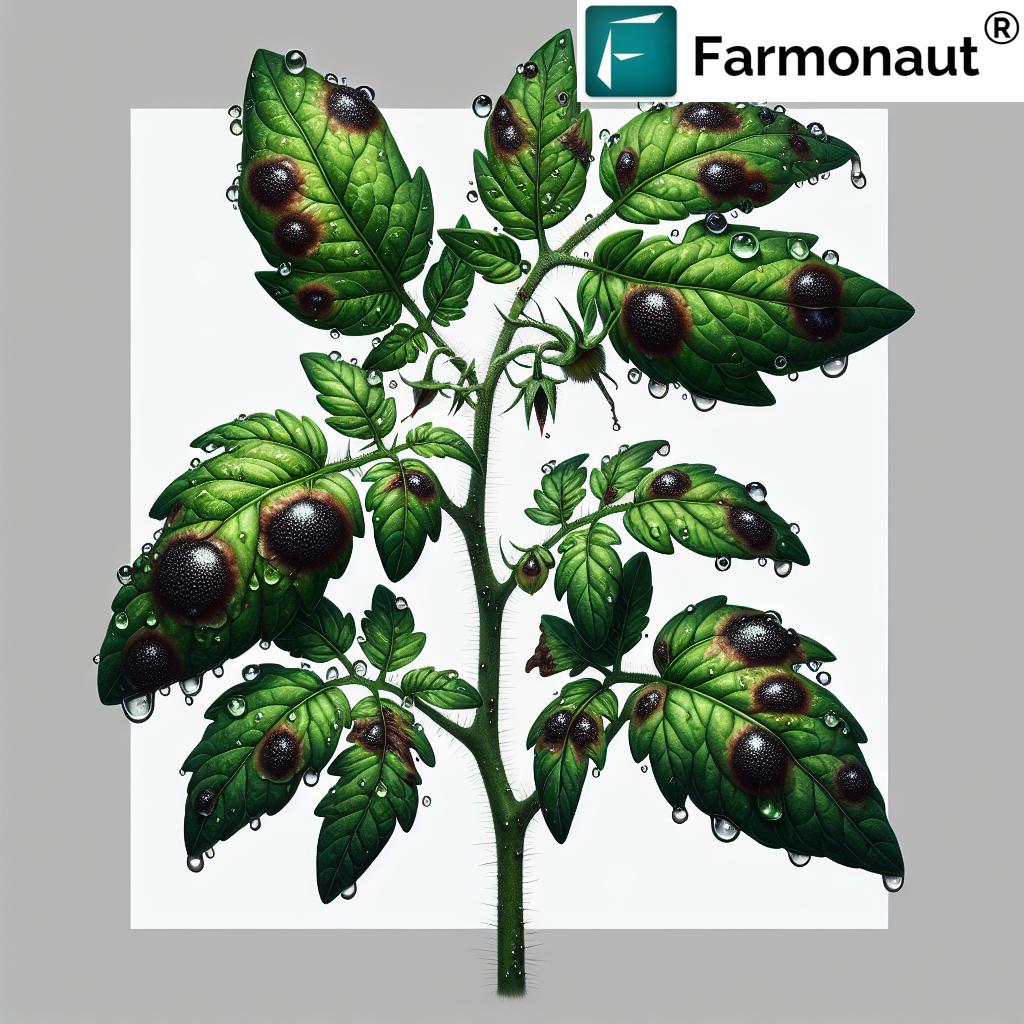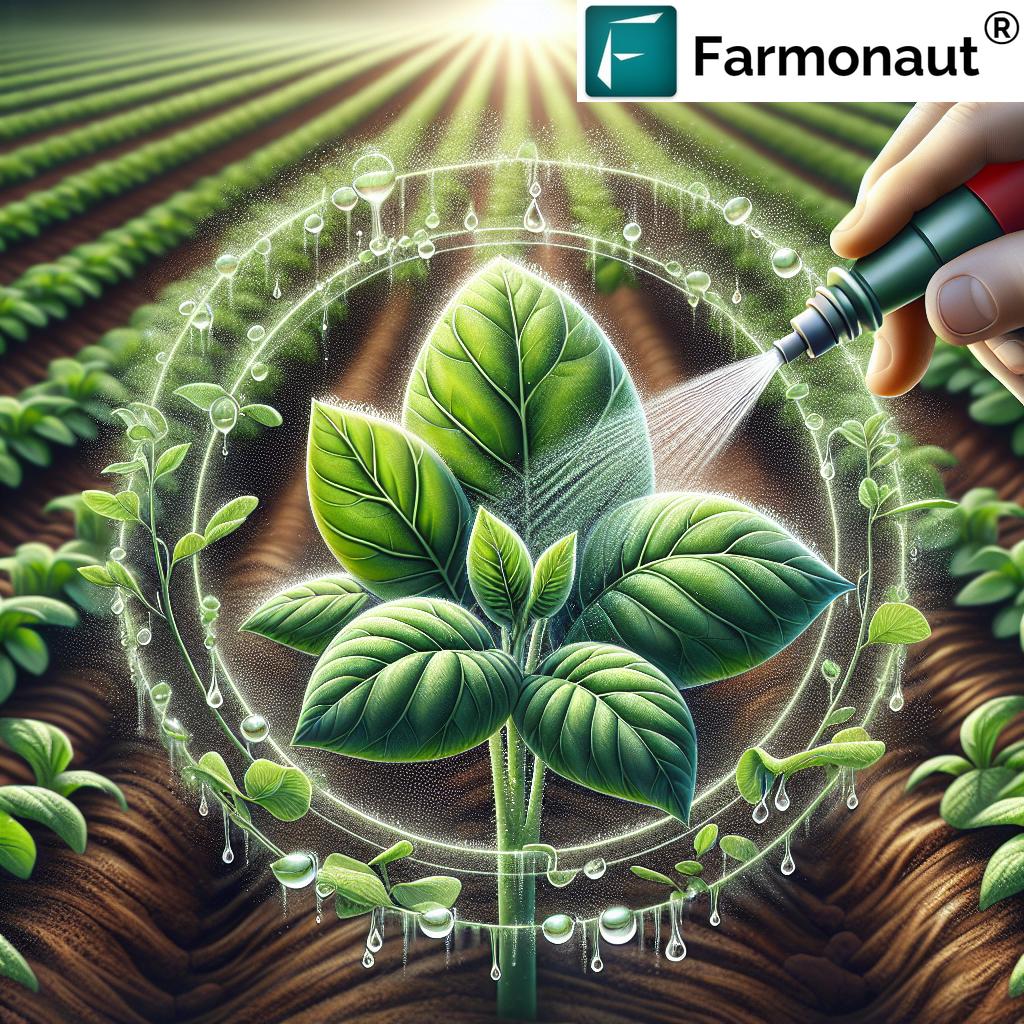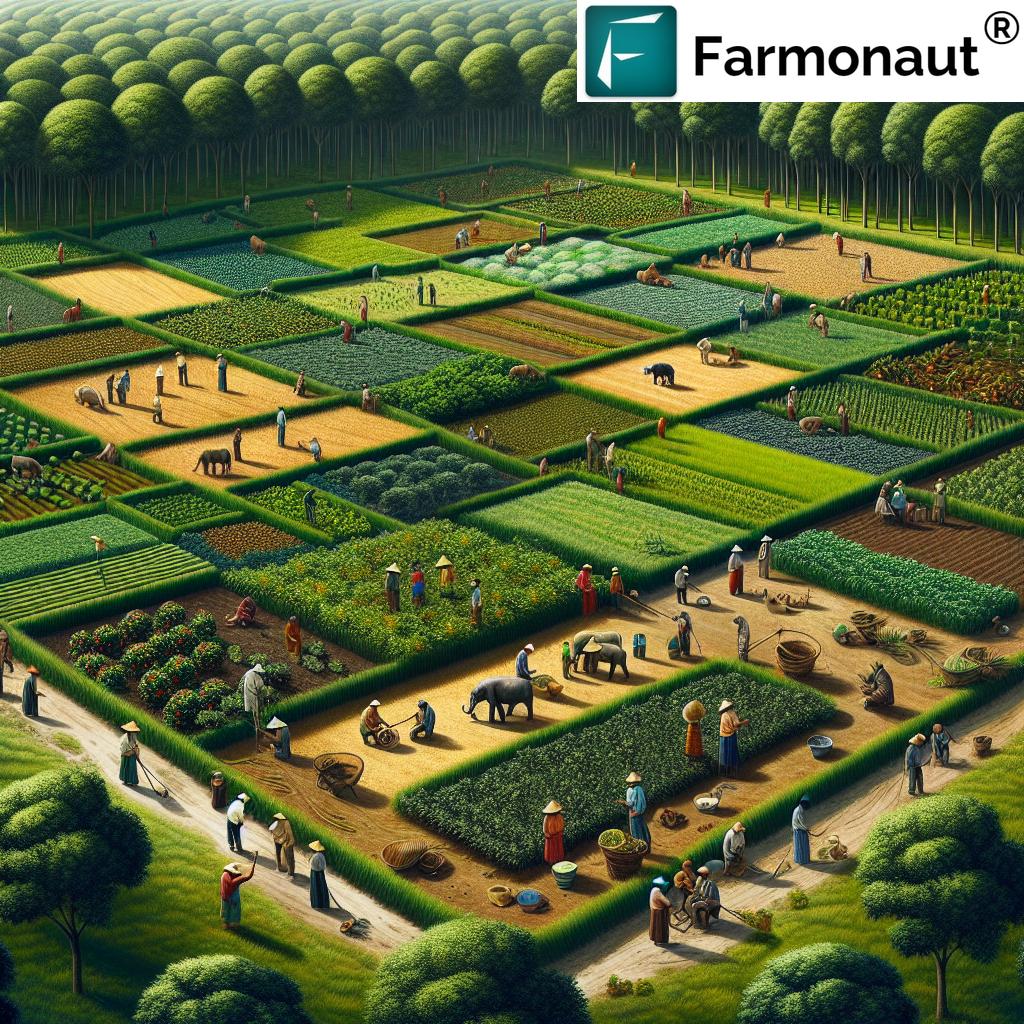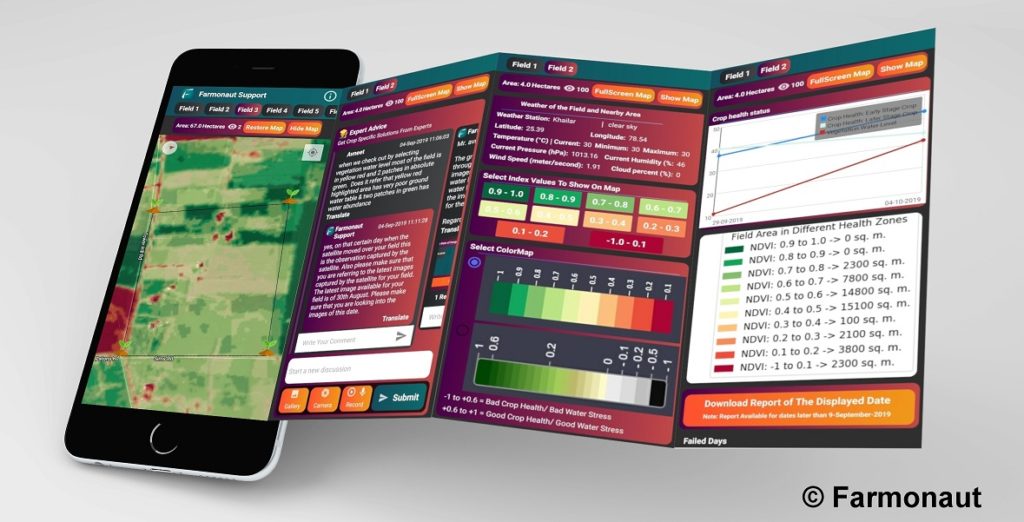Eco Friendly Pest Control: 7 Shocking Farm Secrets
Introduction: Why Eco-Friendly Pest Control Matters
As we look to the future of agriculture and forestry, our commitment to sustainability becomes more important than ever. Eco-friendly pest control—also known as integrated pest management (IPM)—is a comprehensive strategy that enables us to manage pest populations efficiently, while protecting soil health, water quality, and native ecosystems. Rather than relying exclusively on chemical pesticides, this approach combines natural, biological, physical, and cultural practices to safeguard crops and forests while minimizing our environmental impact.
Understanding sustainable pest control methods is essential not only for safeguarding food supplies, but also for promoting biodiversity and ensuring the long-term safety of our environment, food, and forest products.
“Over 500 beneficial insect species are used in eco-friendly pest control for sustainable agriculture worldwide.”
Understanding Eco-Friendly Pest Control
To manage pests responsibly, we need to embrace the philosophy of eco-friendly pest control. This comprehensive approach includes a blend of biological, cultural, physical, and chemical-minimizing techniques to keep pest populations under control, protect beneficial organisms, and ensure ecological balance. Instead of treating pests as the enemy, we recognize them as part of a wider ecosystem, one that can often self-regulate given the right support.
- Integrated Pest Management (IPM): A holistic management system for agriculture and forestry that relies on continuous monitoring, targeted intervention, and combining multiple methods to achieve sustainable pest control.
- Natural Pest Control for Agriculture: Utilizing biological agents, physical barriers, and cultural practices to address pest problems with minimal chemical input.
- Goal: Reduce reliance on chemicals, maintain healthy ecosystems, and promote biodiversity across farms and forests.
Eco Friendly Pest Control: 7 Shocking Farm Secrets
Are you ready to discover the secrets that empower modern farming and forestry with powerful, sustainable pest control methods? Let’s explore the strategies behind thriving, pest-managed ecosystems.
1. Harnessing the Power of Beneficial Insects
One of the most remarkable eco-friendly pest control secrets is to utilize natural predators and beneficial organisms. For instance, introducing ladybugs can drastically reduce aphid populations, while using parasitic wasps targets caterpillars and other pests.
- Biological pest management is all about natural balance. It’s not just about killing pests, but leveraging nature’s own checks and balances.
- Farmers release nematodes into the soil to tackle grubs and larvae, thereby minimizing infestation from the ground up.
- Consider predatory mites for spider mites control, or lacewings to attack soft-bodied pests.
This sustainable pest control method allows us to reduce chemical pesticide use, promoting a healthier and more productive farm ecosystem.
2. Using Crop Rotation and Intercropping as Pest Deterrents
Another shocking farm secret is the power of crop rotation and intercropping. By regularly changing the types of crops we grow and planting complementary species side by side, we break pest life cycles and reduce their preferred habitats.
- Crop rotation prevents pests from specializing on a single crop, forcing populations to diminish due to lack of suitable hosts.
- Intercropping (mixing plant varieties) can confuse pests, encourage more beneficial organisms, and provide physical barriers to spreading pathogens.
- This practice improves soil health and enhances biodiversity, making farms and forests more resilient to pest outbreaks.
Crop rotation remains one of the best natural pest control for agriculture practices in the IPM toolkit.
3. Building Physical Barriers to Keep Pests at Bay
Physical pest control barriers are surprisingly effective when implemented thoughtfully. Setting up nets, floating row covers, sticky traps, and strategic fencing can protect crops and seedlings, especially during vulnerable early growth stages.
- Nets keep birds and larger insects away from fruits and vegetables.
- Traps such as pheromone lures, yellow sticky cards, or even pitfall traps help in monitoring pest populations and reducing their numbers.
- Fences defend high-value crops and nursery plants against animal intruders.
These methods provide immediate, environmentally safe pest control by physically blocking access and reducing the need for chemical treatments.
4. Employing Biopesticides and Natural Substances
Switching to biopesticides for crops is a game-changer. Derived from plants (like neem oil), minerals, or microorganisms, biopesticides offer targeted control with minimal toxic residue.
- Neem oil disrupts insect life cycles and acts as a deterrent without harming beneficial insects or wildlife.
- Bacillus thuringiensis (Bt), a soil-dwelling bacterium, selectively targets caterpillars and is safe for most other organisms.
- These products are biodegradable, reduce contamination of water and soil, and comply with regulatory standards for sustainable agriculture.
Adopting biopesticides exemplifies the principle of environmentally safe pest control.
5. Rigorous Monitoring and Early Pest Detection
Monitoring pest populations and detecting infestations early gives us a crucial advantage. Frequent inspection allows for timely intervention, which can often eliminate a pest threat before it escalates. By integrating:
- Regular scouting of fields and forests using traps or visual checks.
- Satellite imagery and AI-powered platforms (like Farmonaut) for large-scale, real-time crop health assessments.
- Record keeping of pest and disease patterns for each season, allowing predictive planning and targeted action.
This proactive approach significantly reduces reliance on chemical pesticides and keeps management both efficient and cost-effective. Learn more about how Farmonaut’s satellite-based crop health and pest monitoring service supports early detection here.
“Integrated Pest Management can reduce chemical pesticide use by up to 70% in modern farming systems.”
6. Improving Soil Health as a Pest Control Strategy
One of the core eco-friendly pest control secrets lies beneath our feet—healthy soil. Diverse microbial communities, high organic matter, and balanced nutrients suppress soil-borne pests and diseases.
- Composting, cover-cropping, and minimal tillage increase beneficial microbial activity while reducing pest-friendly environments.
- Monitoring nutrient status with data-driven tools ensures strong, resilient plants that naturally resist pests.
- Healthy soil promotes biodiversity in the rhizosphere, further decreasing the chances of pest population spikes.
Platforms like Farmonaut provide real-time monitoring of soil health through multispectral imaging, empowering us to take quick and targeted action to boost both plant and ecosystem resilience.
Explore how Farmonaut’s real-time crop and soil monitoring tools can help maintain robust farm ecosystems — Learn More
7. Continuous Farmer Education and Tailored Advisory
The final secret underpinning all sustainable pest control methods is an investment in education and targeted training. Understanding pest life cycles, identifying beneficial species, and knowing when and how to implement interventions is critical.
- Participation in IPM training sessions upskills producers, empowering us to adopt the full spectrum of sustainable practices.
- Leveraging AI-based advisory platforms like Farmonaut’s Jeevn tool provides farmers with data-driven, real-time strategies—tailored to both crop needs and environmental contexts.
- Frequent consultation of IPM guidelines, regulatory resources, and peer learning keeps our toolkits fresh and up to date.
Farmonaut’s real-time farm advisory system offers AI-powered weather forecasts, crop management tips, and sustainability recommendations, making it easier to implement eco-friendly pest control at any scale. Try Farmonaut’s Jeevn Advisory
Comparison Table: Eco-Friendly Pest Control vs. Conventional Methods
Understanding the comparative benefits and challenges of various strategies empowers us to make the most effective, sustainable choice for our fields, forests, and communities.
| Pest Control Method | Description | Estimated Effectiveness (%) | Cost (per Acre) | Environmental Impact | Compatible with IPM |
|---|---|---|---|---|---|
| Biological Control (Ladybugs, Nematodes) | Utilizing natural predators, parasites, and pathogens to manage pest populations. | 60-95% | $15-35 | Low | Yes |
| Cultural Practices (Rotation, Intercropping) | Changing crop patterns and using mixed plantings to disrupt pest cycles. | 70-90% | $5-15 | Low | Yes |
| Physical Barriers (Nets, Traps, Fences) | Installing screens and barriers to physically block pest access. | 60-80% | $10-40 | Low | Yes |
| Biopesticides (Neem Oil, Bt) | Natural substances or microbes used for targeted pest control. | 60-85% | $20-50 | Low | Yes |
| Conventional Chemical Pesticides | Synthetic chemicals that rapidly kill or repel pests. | 85-99% | $20-60 | High | No |
Benefits of Integrated Pest Management & Eco-Friendly Control
Embracing eco-friendly pest control brings a wealth of lasting advantages for agriculture, forestry, and our communities:
- Environmental Protection: Eco-friendly methods minimize the pollution of soil, water, and air, and prevent the contamination often associated with synthetic pesticides.
- Biodiversity Conservation: By protecting non-target organisms—such as pollinators and wildlife—we establish a thriving, balanced ecosystem that supports beneficial species.
- Human Health: Reduced chemical residues in food and lower environmental exposure mean safer crops, forests, and communities.
- Sustainability: Integrated pest management promotes the long-term productivity of land, conserves natural resources, and secures soil and water for future generations.
- Economic Resilience: By reducing dependency on expensive inputs and preventing crop loss through diversified approaches, farmers can stabilize incomes and protect livelihood.
To further enhance sustainability and traceability, businesses and cooperatives can leverage Farmonaut’s Carbon Footprinting tools to monitor and reduce farming’s environmental impact—a crucial move for eco-conscious producers.
Additionally, Farmonaut’s Blockchain-based Traceability Solution ensures every stage of our crop’s journey is transparent, boosting consumer trust and supporting regulatory compliance for sustainable products.
Challenges and Considerations in Sustainable Pest Control
Despite the many strengths of eco-friendly and integrated pest management systems, they come with certain hurdles:
- Knowledge and Training: Successful implementation requires training in pest identification, natural enemy conservation, and the proper use of alternative methods.
- Initial Investment: The setup for physical barriers, buying biological agents or biopesticides may have higher upfront costs, particularly for new adopters.
- Speed and Predictability: Biological control agents and cultural methods may take time to deliver measurable impact—unlike the immediate knockdown of chemical pesticides.
- Regulatory Approval: The use of some biopesticides and exotic beneficial insects is regulated; local availability and legal status must be checked.
- Adaptation and Monitoring: Periodic monitoring and adaptation are essential, as pest populations and climate conditions are always shifting.
To streamline these processes and reduce risks, consider digital platforms that provide real-time support and monitoring throughout the ecosystem. Farmonaut offers integrated data-driven solutions for pest management, crop health, and regulatory traceability.
For plantation managers and cooperatives aiming for large scale farm management, Farmonaut’s management dashboard supports everything from resource tracking to task allocation—ensuring smooth eco-friendly operations.
And if your agribusiness relies on efficient operations, explore Farmonaut’s Fleet & Resource Management tools that help monitor machines, reduce operational costs, and promote sustainable logistics in farming and forestry supply chains.
Affordable Precision Agriculture for All
Farmonaut brings cost-effective, satellite-based solutions to fields and forests worldwide. Explore subscription options below:
How Farmonaut Empowers Sustainable Agriculture & Forestry
As a technology leader, Farmonaut is committed to making precision agriculture affordable and accessible with advanced, data-driven tools for pest monitoring, advisory, and sustainable farm management. Here’s how Farmonaut supports eco-friendly pest control and IPM implementation:
- Satellite-Based Crop & Forest Health Monitoring: Multispectral imaging allows us to detect early signs of infestation, monitor crop stress, and take timely action, all from our web, Android, or iOS devices.
- AI-Powered Jeevn Advisory System: Receive expert planning, weather forecasts, and crop management strategies tailored to your unique conditions, directly improving pest and resource management.
- Blockchain-Backed Traceability: Secure the journey of harvested products from farm to fork, enhancing safety, transparency, and trust for all stakeholders.
- Resource & Fleet Management: Track, optimize, and manage farming equipment and logistics, which supports cost-effective and environmentally-friendly operations.
- Carbon Footprinting: Stay ahead in environmental sustainability by measuring, managing, and reducing agricultural carbon emissions.
Visit the Farmonaut API to integrate satellite insights with your own farm management systems, or browse the full API developer documentation here.
Eco Friendly Pest Control: FAQ
What is integrated pest management (IPM)?
IPM is a strategy for managing pest populations using a combination of techniques—such as biological, cultural, physical, and minimal chemical methods—to maintain pest levels below damaging thresholds and promote ecosystem health.
Are biopesticides safe for all crops and environments?
Most biopesticides are derived from natural substances and are considered safe for use on edible crops, forests, and landscapes. However, always ensure the product is registered and follow label instructions to prevent harm to non-target organisms.
Can eco-friendly pest control methods be used in large-scale farms?
Absolutely. With adequate planning, training, and technology (like remote sensing and AI advisory), IPM and natural strategies can scale for plantation-sized agriculture and forestry operations.
How does Farmonaut help with early pest detection and monitoring?
Farmonaut leverages satellite imagery and AI analytics to deliver real-time monitoring of crop and forest health, enabling users to spot potential pest outbreaks before they become severe, thus supporting targeted, sustainable intervention.
What are the long-term benefits of adopting sustainable pest management?
Over time, eco-friendly pest control leads to improved soil fertility, water quality, biodiversity, food safety, and cost savings from reduced dependency on external inputs.
Is regulatory approval needed for using biological agents or biopesticides?
Yes, certain biological control agents and biopesticides require registration and approval depending on your region. Check with local authorities before introducing new natural products or organisms.
Conclusion: Cultivating A Greener Future with Integrated Pest Management
In our journey toward a more sustainable and resilient food and forestry system, eco-friendly pest control stands at the forefront. By integrating biological, cultural, and physical pest management strategies, empowered by modern monitoring technologies and continuous education, we can reduce chemical pesticide use, protect our environment, and ensure a safe harvest for future generations.
With the right tools—from satellite-driven insights to real-time advisory systems, such as those offered by Farmonaut—farmers, managers, and policymakers everywhere can implement these sustainable pest control methods at scale, driving a global shift toward environmentally safe pest control in agriculture and forestry.
Ready to make sustainable, data-driven decisions for your fields and forests? Get started with Farmonaut and take your first step toward a balanced, eco-friendly future.







